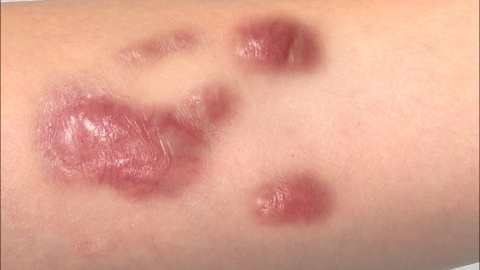What is the best time to remove scars from a wound?
Generally speaking, scars refer to cicatricial tissues. There is no specific best time for scar removal after wound healing. Usually, scar treatment can be divided into two stages: the early stage of scar formation and the stable stage of the scar. If the scar has been present for a long time, it is recommended to seek timely medical advice. The detailed analysis is as follows:

In the early phase of scar formation, which is 1 to 3 months after wound healing, appropriate treatments can be used to fade pigmentation and reduce scar marks. At this stage, the scar tissue is relatively soft, the color is lighter, and hyperplasia is more active. Timely treatment can help prevent the formation of hypertrophic scars and aid in wound recovery. In such cases, medications such as asiaticoside cream, compound sodium heparin and allantoin gel, and halometasone cream can be used as directed by a physician.
Furthermore, treatment can also be performed during the stable phase of scar formation, approximately one year after scar formation. At this stage, the scar's growth has ceased and it is relatively stable, typically not enlarging or reddening over time. Treating the scar at this stage makes it less likely to change again and better inhibits excessive scar proliferation, thus reducing the scar's volume. If medication proves ineffective, scar excision surgery may be considered under a doctor's guidance, whereby the scar tissue is directly removed.
After scar formation, it is recommended to choose an appropriate treatment timing and method based on individual conditions. Additionally, proper daily care should be maintained throughout the treatment process, such as keeping the skin clean and protecting it from sun exposure.







